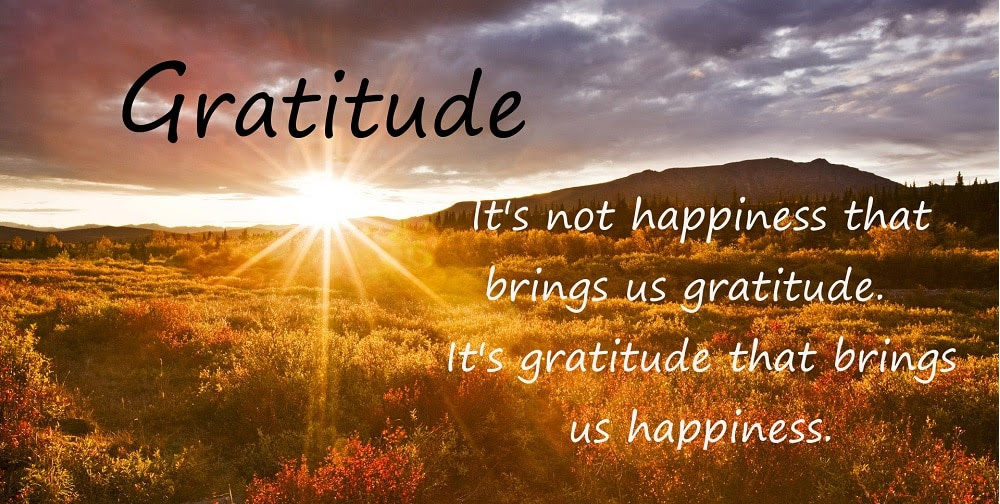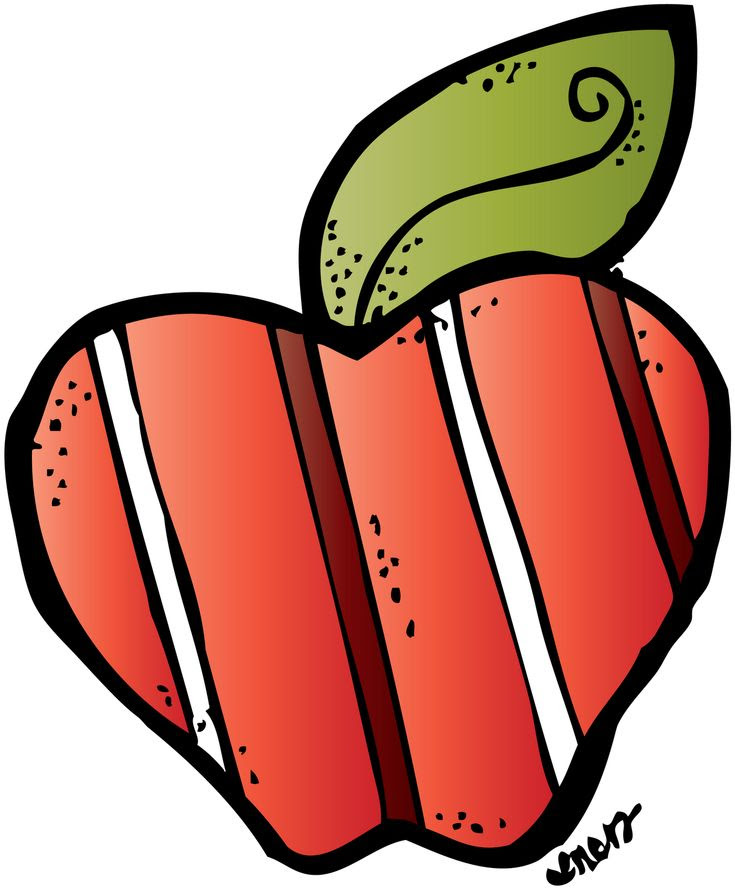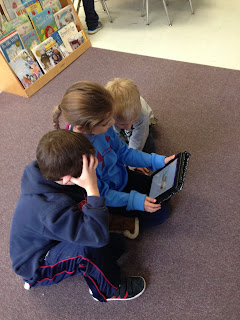Dear Families,
This month, we introduced a brand new Life is Good Superpower, GRATITUDE! November is a perfect month to think about all of the parts of our life and our world that we are thankful for. With Thanksgiving and Winter holidays and traditions right around the corner, we are going to make sure we have “Attitudes of Graditude” inside and outside of our classroom.

WHAT IS GRATITUDE?
After brainstorming with the students what gratitude truly is, we came to the understanding that gratitude is about focusing on what’s good in our lives and being thankful for the things we have.
Gratitude is stopping to think about the things that we often take for granted, like having a place to live, food, clean water, friends, family, even technology. We also said that being “thankful” is very similar to feeling “grateful”, “blessed” or “lucky”.

WHY IS GRATITUDE GOOD FOR US?
- Positive emotions open us up to see more possibilities and take in more information.
- Positive emotions balance out negative emotions.
- One positive emotion often leads to another.
- Gratitude can lead to positive actions and “bucket filling behavior”.
- Gratitude helps us build better relationships.
…this means that, having a mindset of GRATITUDE makes a positive and better YOU!
We will continue to talk about gratitude and ways to show and feel it throughout December as well. Keep an eye out for activities, lessons and crafts that teach us about being grateful!

HOW CAN YOU PRACTICE GRATITUDE AT HOME?
Each member of our classroom is incredible. I am so grateful for such kind, hard working and creative students. Uma, a first grader in our classroom, practices gratitude at home with her parents each night before bed. Uma shared her Gratitude Journal that she writes with her family each night. Before bed, they list things that they felt grateful for that day. I was blown away by the thoughtfulness shown in that journal! Way to go Uma.

The website Happy Heart Kid shared ways to show Thankfulness and Gratitude beyond Thanksgiving and the holidays.

Here are 9 ways they described below.
ACTIVITY #1: HOMELESS BLESSING BAGS
Put together care packages to be donated a local food bank or homeless shelter. Fill gallon-sized zip-top bags with items like granola bars, crackers, peanut butter, nuts, applesauce, bottled water, hand sanitizer, baby wipes, toothbrushes and toothpaste, wash clothes, soap, deodorant, socks, lotion, and chapstick. Explain to your child who the care packages are going to and drop them off for donation together.
ACTIVITY #2: CRAFT KITS FOR SICK CHILDREN
Fill gallon-sized zip-top bags with craft items: coloring books, markers, stickers, stickers, paint, pipe cleaners, pom poms, etc. Then, visit a local hospital and donate the kits to sick children.
ACTIVITY #3: A BANNER FULL OF THANKS
Using some colored paper, cut out large leaf shapes, one for each sheet of paper. Then, ask your child to tell you what they’re thankful for. Write each item down on a leaf. Then tell your child what you’re thankful for. Again, write each down on a leaf. Let them decorate the leaves with stickers, markers and glitter (if you can brave the mess). Last but not least, using clothespins, attach the leaves to some string. Then, hang the entire banner somewhere visible, like over a doorway.
ACTIVITY #4: THANK YOU CARDS
Writing cards of appreciation is a way for kids to take the time to think about the people around them and the contributions they make towards their family or community. Our
Thank You Card Kit gives your child the opportunity to create and decorate their own cards.
ACTIVITY #5: A GRATITUDE JAR
Decorate a mason jar together with stickers and ribbon. Then, tell your child that every day, you want them to write one thing they are thankful for and stick it in the jar. If you want, you can even review all the gratitude notes out loud at the end of each month.
ACTIVITY #6: FELT FLOWERS
This hands-on activity encourages both gratitude and generosity. Using our
Felt Flower Kit, your child will create 5 beautiful flowers with the materials provided. Before they start, instruct them to create the flowers for people they’re thankful for. Ask them who the recipients will be and why.
ACTIVITY #7: BOOK DONATIONS
Sit with your child and review all the books in their bookcase. Ask them to pick out books, in good condition, that they have outgrown. Then, together, take them to your local church or library, explain who the books are going to, and make a donation.
ACTIVITY #8: FAMILY THANKFULNESS
Grab some sheets of colored paper, one for each member of your family. At the top, write “I’m thankful for [first name] because…”. Then ask your child to list the reasons why they’re grateful for that individual. If they aren’t old enough to write it down for themselves, do it for them. Then, create a list for your child as well and explain all the reasons you’re thankful for them. Post the final lists somewhere visible your child will see regular, like on the kitchen fridge or in their bathroom, so it serves as a constant reminder.
ACTIVITY #9: A GRATITUDE WALK
This activity is free and oh-so-easy to incorporate into a regular routine. Take your children on a walk around the neighborhood or to the local park. Ask them to point out everything they see on the walk that they are thankful for. Take it a step further by asking them why they are grateful for each thing they mention.
In our classroom we will be practicing some of these great activities described above, and will be making a Gratitude Journal and playing a Gratitude Game!
Have fun exploring Gratitude with your First Grader!











 Here are 9 ways they described below.
Here are 9 ways they described below.

















